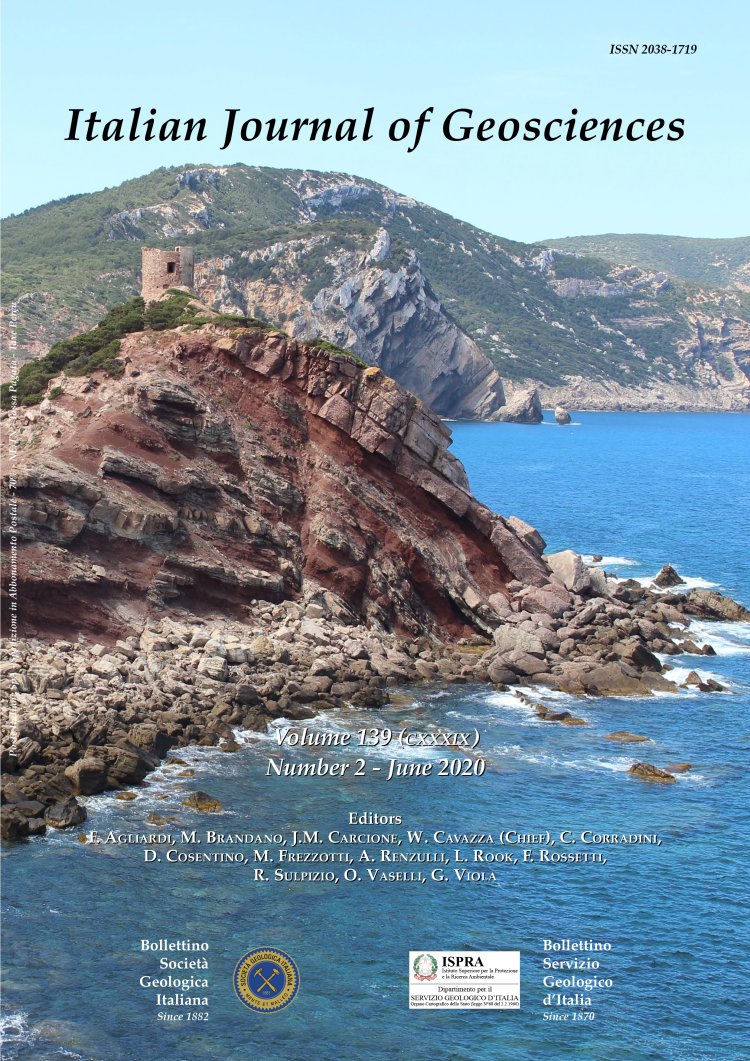
Oligocene-Miocene volcanism in the Apennines: discovery and characterization of a baryte and Ba-rich phillipsite bed in the lower part of the Ranzano Formation (Reggio Emilia, Italy)
Daniele Malferrari (1), Alessandro F. Gualtieri (1), Filippo Panini (1) & Chiara Fioroni (1)
(1) Università degli Studi di Modena e Reggio Emilia, Dipartimento di Scienze Chimiche e Geologiche Modena, Emilia-Romagna, Italy.
Corresponding authors e-mail: chiara.fioroni@unimore.it
Volume: 139 (2020) f.2
Pages: 287-299
Abstract
This work reports the biostratigraphic assessment and the chemical and mineralogical characterization of a zeolitized and barium-rich volcanic pyroclastic bed outcropping in the lower Secchia Valley (Northern Apennines, Italy), very close to the boundary between the Ranzano and the Monte Piano Formations. To our knowledge, it is the older so far documented in the Emilian Epiligurian Succession as, through nannofossil biostratigraphy, we have documented an early Oligocene age (Rupelian CNO1 nannofossil zone) for the enclosing sediments. The chemical and mineralogical composition, the latter obtained through a multi- analytical approach combining X-ray powder diffraction (Rietveld- RIR method) with thermal analyses coupled with evolved gas mass spectrometry, revealed large amounts of Ba-rich phillipsite, baryte, volcanic glass and subordinate quantities of sanidine and plagioclase; on the other hand, phlogopite, idiomorphic plagioclase and femic minerals, frequently found in younger volcanic layers of the Ranzano Formation, here are absent. The quantitative mineralogical assessment together with mineral associations suggest that diagenesis did not play a relevant role in the crystallization of phillipsite, but its role cannot be neglected for the crystallization of baryte. Hypothesis on the genesis and transformation of the original material and on the possible correlation with the coeval calc-alkaline magmatic sources in the circum-Mediterranean area were considered, but no definitive conclusion has been reached.
Keywords
Get Full Text Supplementary Material